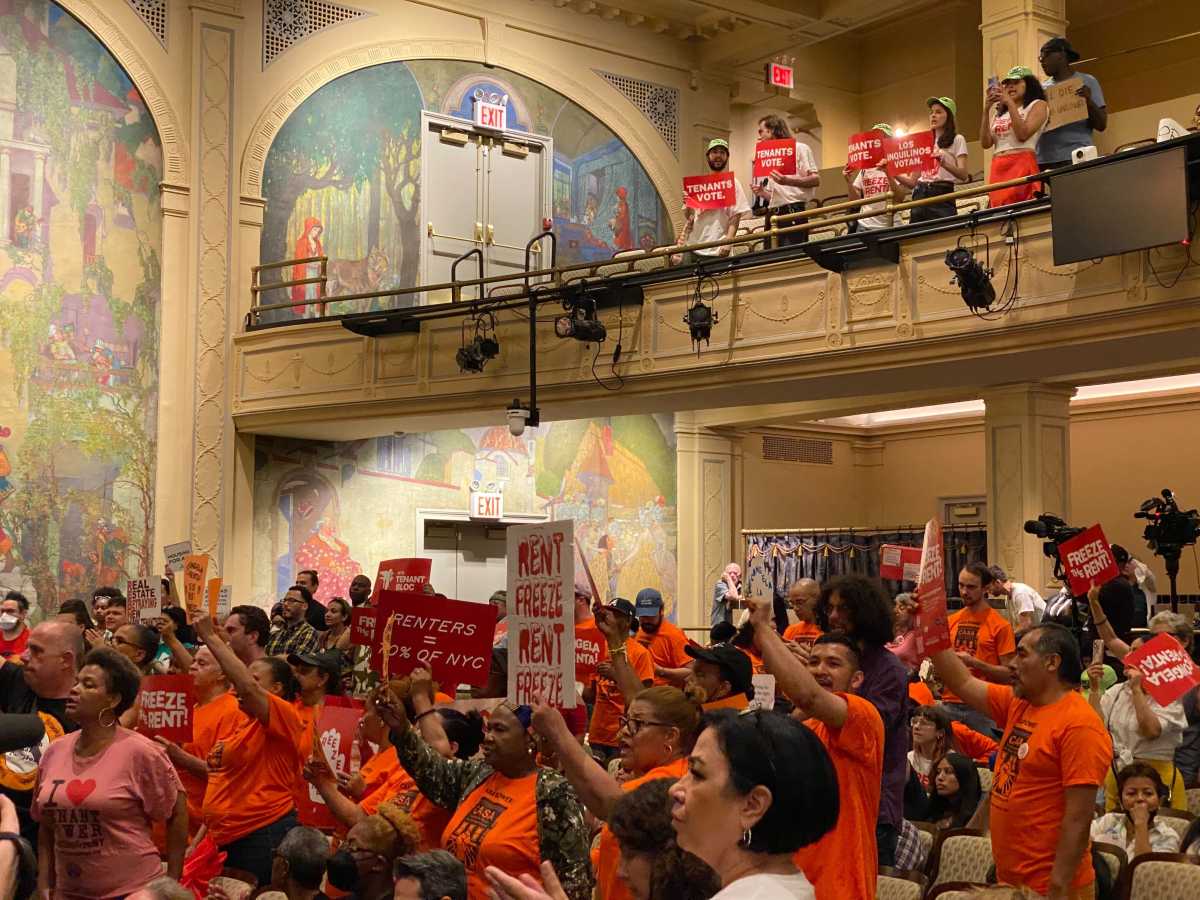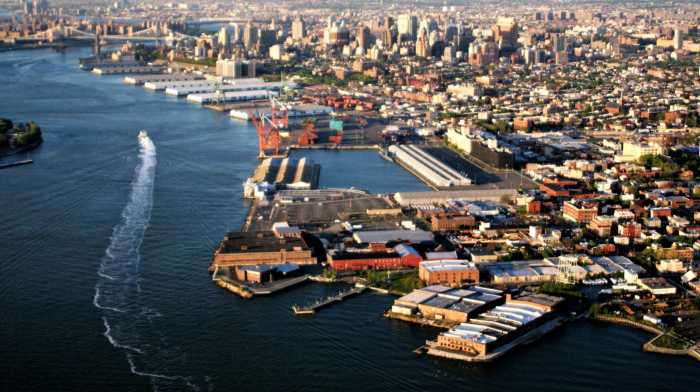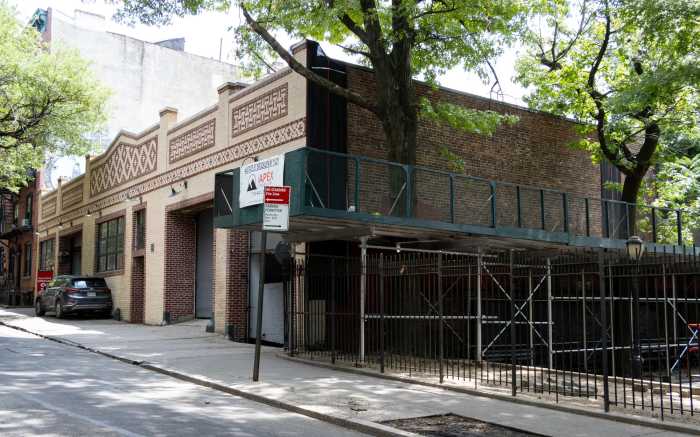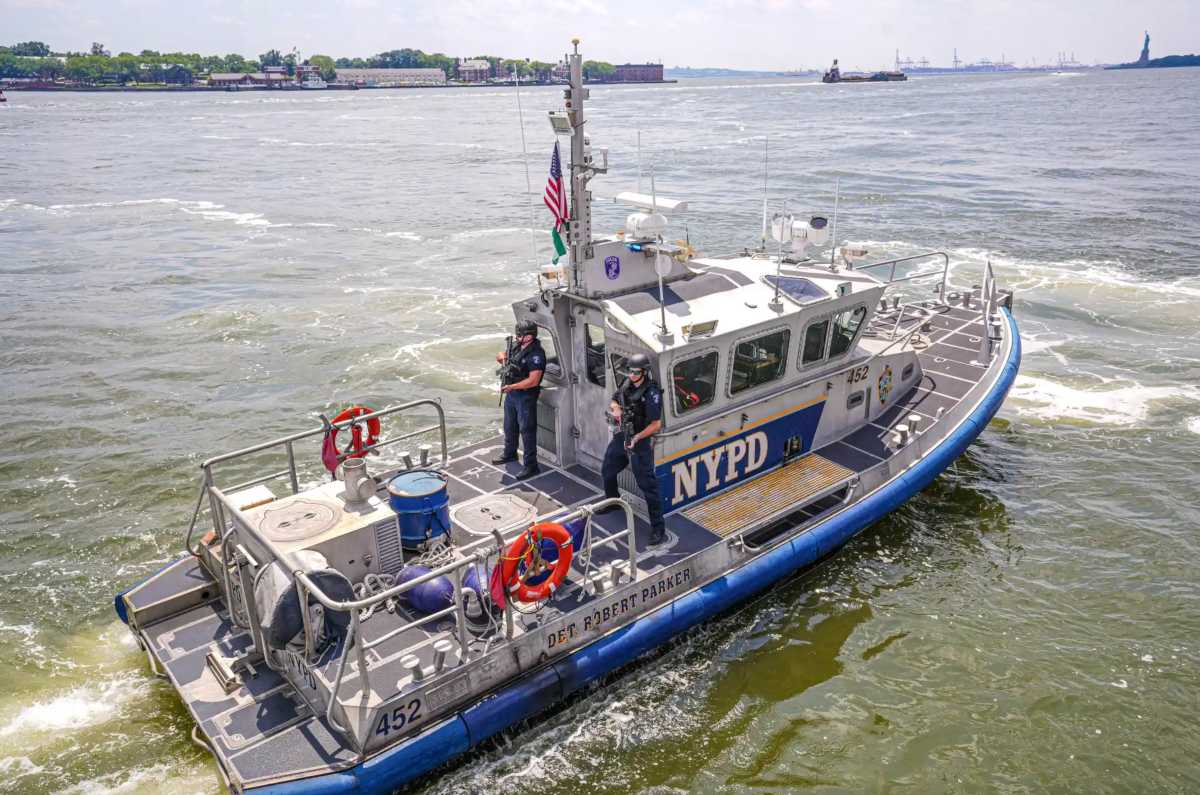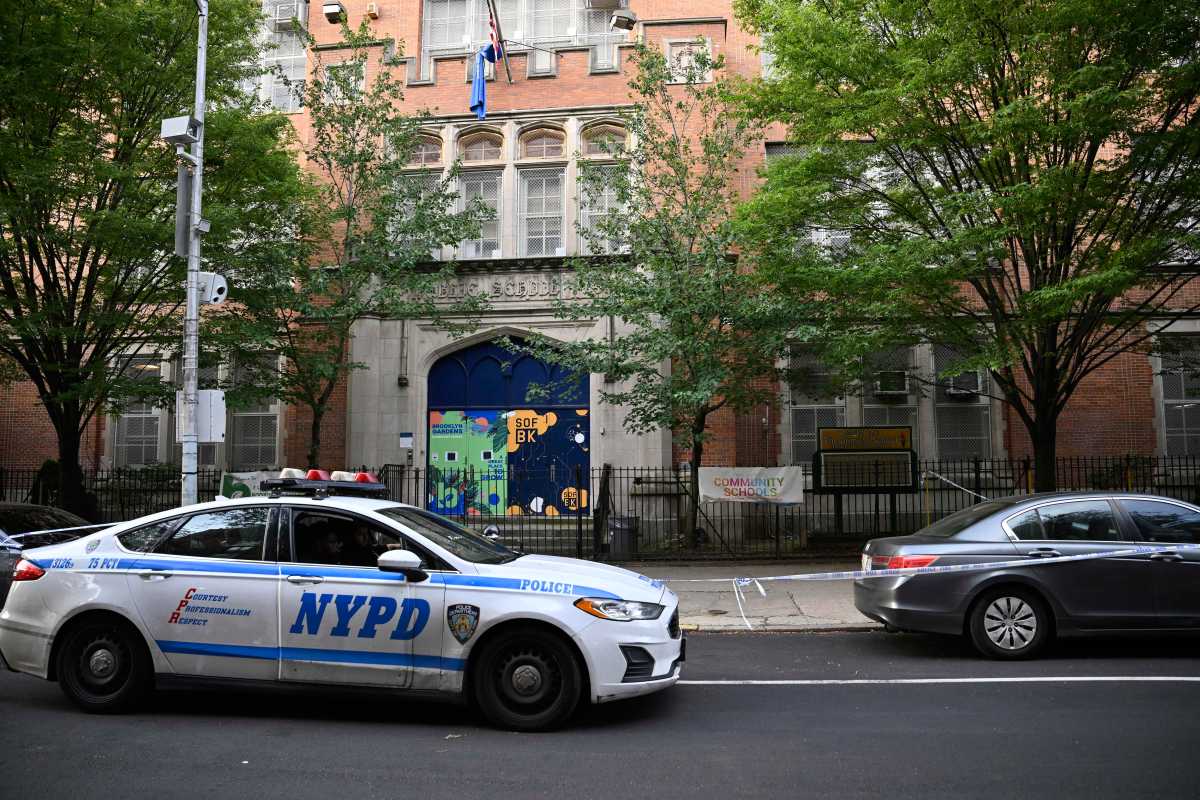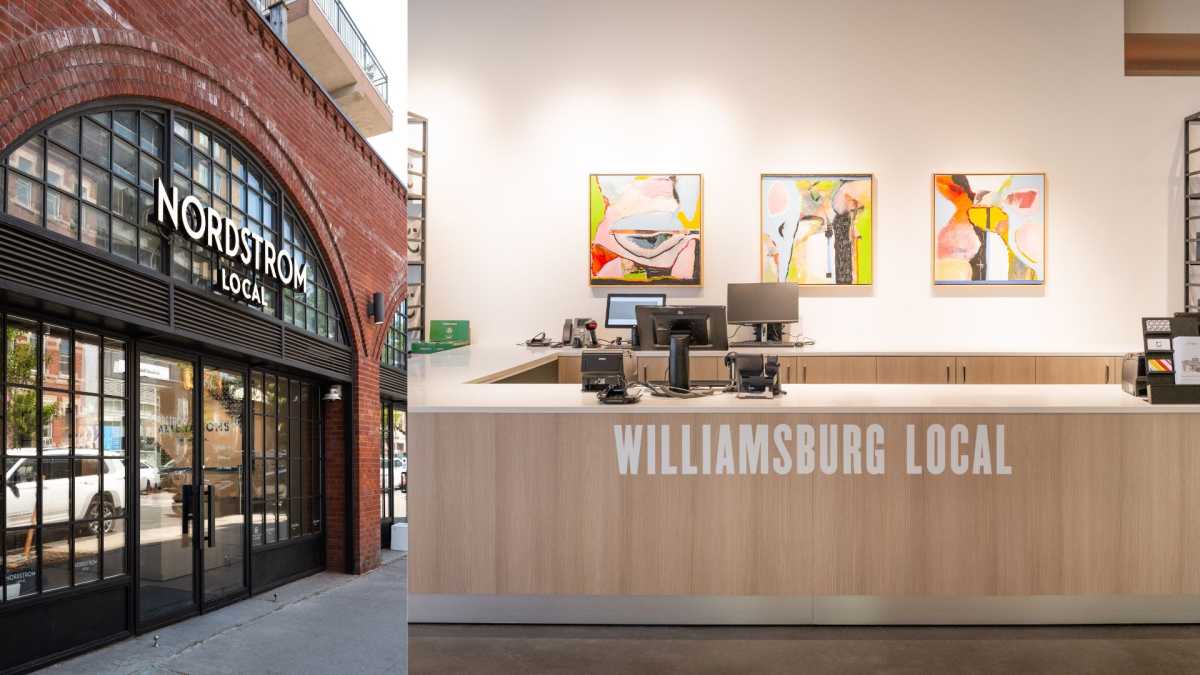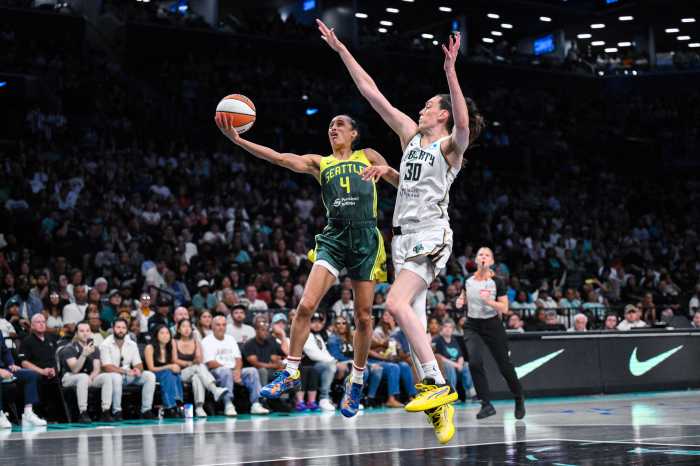Legislators in Albany have handed developer Bruce Ratner his first public
subsidy for his Atlantic Yards project, allocating $33 million for the
still-unapproved mega-development.
Three weeks after Ratner dispatched his troops to Albany to lobby for
a $100-million handout, state officials this week earmarked one-third
that amount for his $3.5-billion project in Prospect Heights.
But more money may be on the way, several Assemblymembers told The Brooklyn
Papers.
The $33 million was stuffed into the $387-million 2006-2007 Education,
Labor and Family Assistance budget. The cash will go towards widening
streets and improving infrastructure in the Prospect Heights neighborhood
where Ratner wants to build.
The capital budget line, labeled “Atlantic Yards Railway — Nets
project,” sits low on page 750 of the Assembly budget, sandwiched
between a $1-million allocation for a building project at Clarkson University
in Potsdam and $5 million for a project identified as “Buffalo Building
Demolition.”
On Friday, the Assembly was set to vote on the Education, Labor and Family
Assistance budget and the Senate was expected to follow suit later in
the day.
Both votes would come one day before the start of the fiscal year, when
real budget negotiations begin between Assembly Speaker Sheldon Silver
(D-Manhattan), Gov. Pataki and Senate leader Joe Bruno (R-Brunswick).
Assemblymembers speculated this week that another $66 million would soon
be allocated from other economic development budgets controlled by the
governor and the Senate — although a Bruno spokesman denied that.
By Assembly tradition, lawmakers often defer to local elected officials
before signing big checks. But even though two of the four Assemblymembers
who represent areas in or surrounding the Yards’ 24-acre footprint
oppose the project, the initial Ratner subsidy was expected to pass handily.
“Enough of a case for spending public money has been made,”
said Assemblyman William Colton (D-Bensonhurst).
“There are a lot of concerns, but it appears to the majority that
at least an effort is being made to resolve them and this [money] is the
first step to taking care of some of the infrastructural problems.”
Although once cagey on the subject, Silver came out firmly in support
of the development this week, citing its potential to create jobs and
tax revenue.
“He was looking to work something out,” said Skip Carrier, his
spokesman. “[Silver] clearly thought that the Atlantic Yards was
something he wanted to accomplish.”
The Speaker’s decision to inject capital into the project now —
even before Ratner has received final approval to build —could indicate
that the ride towards final state approval might be smoother than opponents
would like.
“The Assembly supports this,” said Jeremy Soffin, spokesman
for the Regional Plan Association. “I don’t think it will be
a tremendously bumpy road.”
But the allocation took at least one affected lawmaker by surprise.
“The [Ratner allocation] wasn’t our desk until it had already
been [put into the education bill],” said Assemblyman Jim Brennan
(D-Park Slope), a critic of the project.
The $33-million outlay follows a blitz of face-to-face lobbying by the
pro-Ratner group, ACORN; Ratner Vice President Bruce Bender; and Develop
Don’t Destroy Brooklyn.
Bender hand-delivered a letter to all Brooklyn assemblymembers that asked
for support in helping Forest City Ratner secure the cash for the world’s
most expensive arena and remainder of the project.
“The redevelopment of the Atlantic Yards … will contribute significantly
to the long-term economic future of not only Brooklyn and New York City,
but the entire state,” the letter said.
But Ratner’s promises of $6 billion in new revenue and 15,000 union
construction jobs have repeatedly been contested by community groups and
independent consulting firms.
In its own letter to the Assembly this week, DDDB pounced on the vagueness
of Ratner’s request as a sign of the developer’s disregard for
an open public review process.
“Someday, FCR’s ‘Atlantic Yards’ proposal may prove
worthy of the state’s investment of the public’s tax dollars,
but to date their proposal is not worthy of public investment,” wrote
DDDB President Eric Reschke.
“There is no comprehensive, independent cost-benefit analysis by
which legislators can base their decision,” he wrote.
A new analysis by anti-project blogger Norman Oder, which said the actual
revenue would be closer to $2 billion, was attached to the DDDB letter.
Supporters of Ratner’s plan lauded the allocation as a necessary
planning step.
“The money will be going towards extraordinary infrastructure for
the arena,” said Assemblyman Roger Green (D-Prospect Heights). “You
have to think about the community benefits.”


